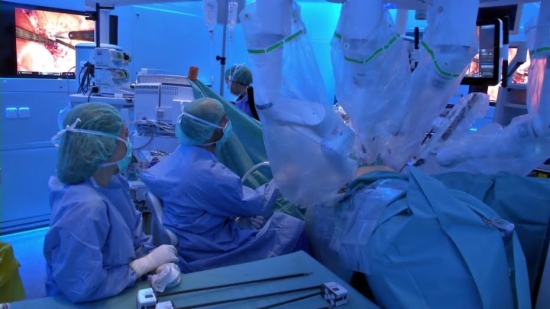Rise in deceased organ donation compensates decrease in live donors
Living organ donation decreased by 21.1% in first five months of 2018

Organ donations from heart attack or brain death victims has increased in recent years, making up for the decrease in donations from live donors, who usually just give their kidneys.
While the number of deceased donors has risen slightly in the first five months of this year, compared to 2017, live organ donations has decreased by 21.1%.
The Catalan Transplant Organization (OCATT) wants to work with professionals in order to encourage people to become live donors, as they give much better results.
With 2018’s provisional data, OCATT hopes to at least equal the record number of 1,106 transplants carried out last year.
In the first five months of the year, cardiac transplants have increased by 70.6%, lung transplants by 37.1%, as well as transplants for liver disease (16.1%) and kidney disease (1.3%.)
Pancreas transplants, however, have fallen by 33.3%. Overall, the number of transplants carried out in Catalonia have increased by 8.6% compared to the same period last year, mainly due to the rise in deceased organ donations. For Jaume Tort, director of OCATT, being a live donor is a “matter of choice.”
Organ transplant record
In 2017, Catalan hospitals conducted an all-time record 1,106 organ transplants. This sum beats its own numbers from 2016 by 8.8%, which in itself had surpassed those organ transplants from the previous year. Last year consequently hit 146.5 of these operations per million people, one of the highest in the world.
The transplants most commonly done are for the kidney, which grew by 10% to 780, followed by those of the liver, which in turn decreased by 4.19%, with 160 procedures. Those of the heart, lung, and pancreas come afterwards. The Vall d’Hebron Hospital is one of the centers where the majority of these procedures are carried out (271) followed by the Bellvitge Hospital (252) and Hospital Clínic (245). In Catalonia, 3 transplants are carried out each day, 2 for the kidney and one for a different organ.